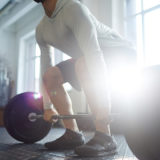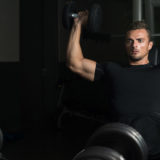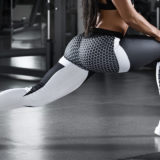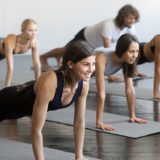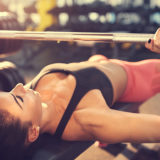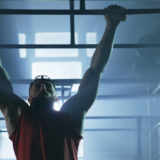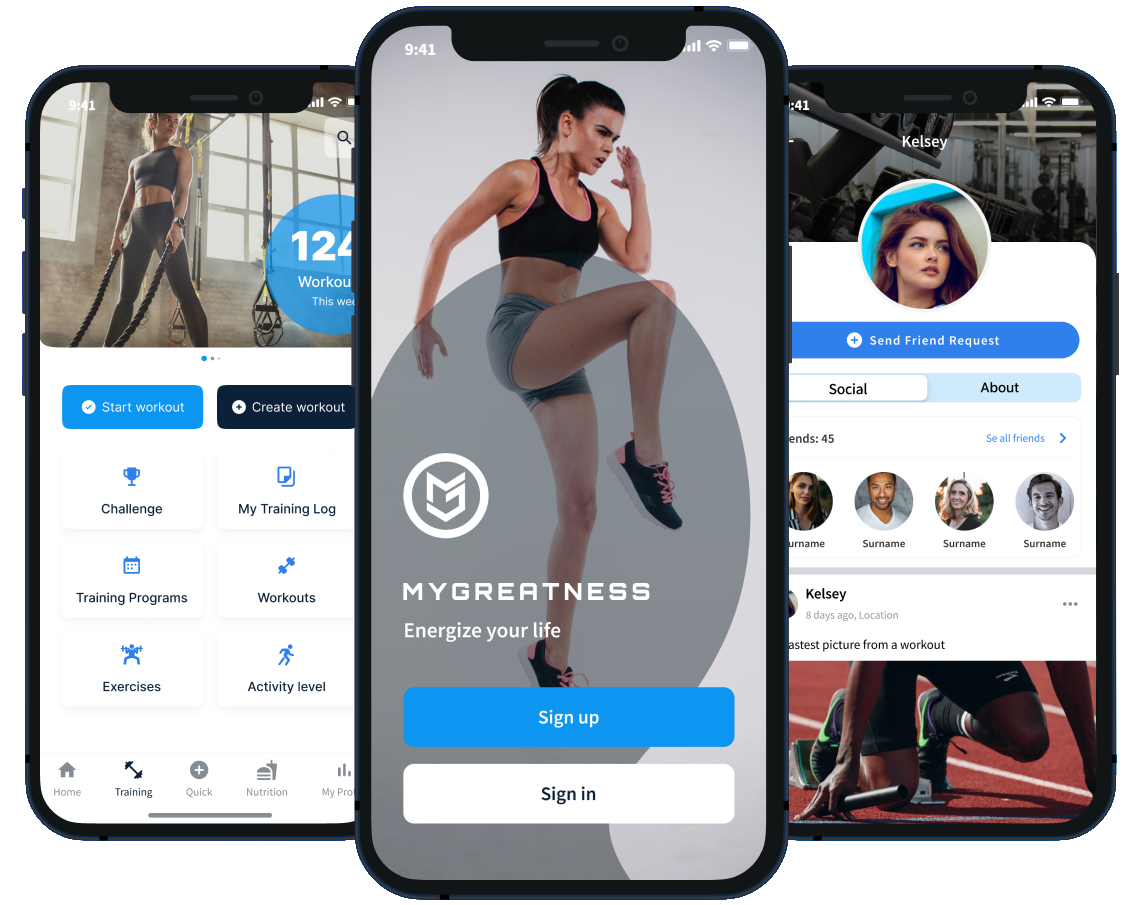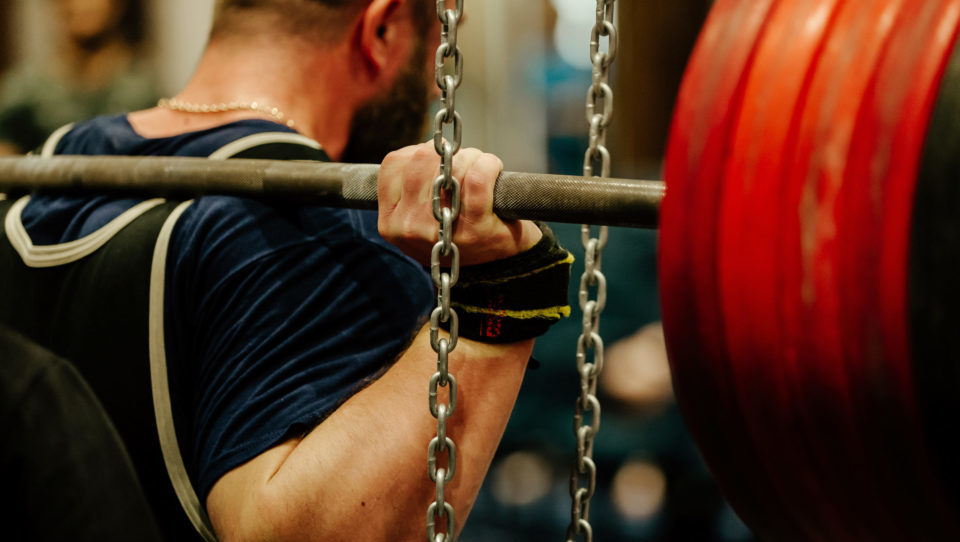Why should You do Compound Exercises?
In this full-body program with big heavy compound exercises you will train through your entire body during every single workout. For muscles to grow they should be trained at least twice a week, which this program does even though you only exercise 3 times per week. At the same time, sufficient recovery is provided between sessions; therefore, the program more suitable for you with limited time for strength training or who use it as a strength complement to other sports. The exercises performed are extensive and overall movements, which engage several muscle groups at the same time.
You can find this training programs in our app Mygreatness for free. Download on App Store or Google Play.
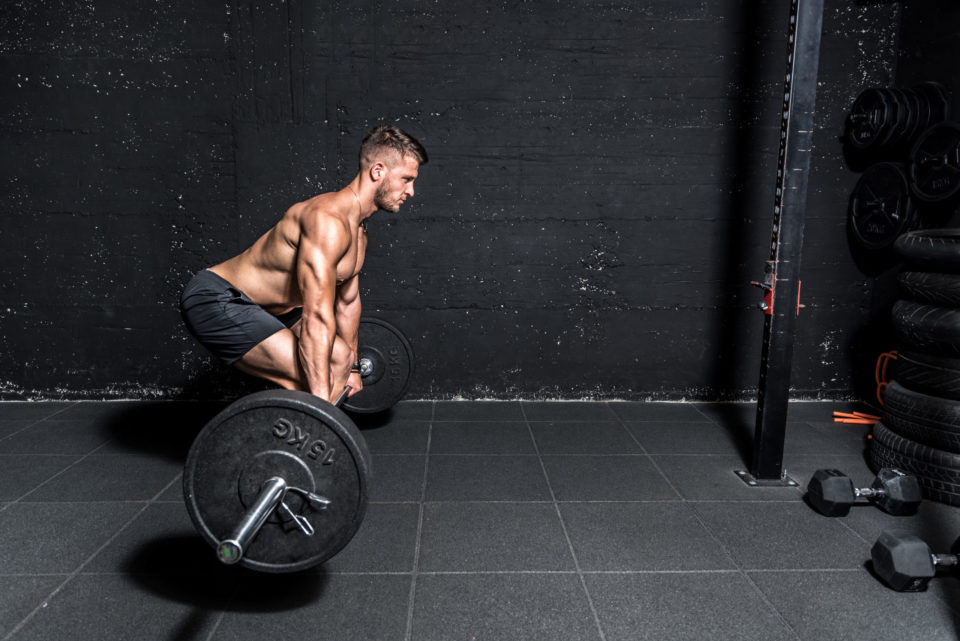
Training program details
-
GoalMuscle Growth, Strenght
-
Body PartFull Body
-
Workouts per week3
-
Number of weeks9
-
LevelAverage
Training Split
You train your whole body every workout 3 times a week with two different workouts. Each workout is structured so that you train all the basic movements of the body. Compound movements are what the Compound exercises of strength training are based on.
- Hip folding: To fold the body in the hip and bend, such as a Romanian deadlift. Exercises seat and back thighs.
- Squatting. Squat with a barbell.
- Press for the upper body, both horizontal (bench press) and vertical (military press).
- Pulls for the upper body, vertical (chins), and horizontal (dumbbell row).
To this, we add complementary exercises such as torso or shoulder stability. The compound exercises ensure that we get maximum training during our time at the gym because they load so many muscles at the same time. They are a prerequisite for building a strong and optimally functioning body.
Front vs. Back
In a good exercise program, it makes sense to put a larger portion of the exercise for the muscles at the back of the body. We recommend this to reduce the risk of injury and performance as most people today are too strong on the front of the body.
This means that the ratio of hip flexion to knee flexion (back thigh and seat vs. front thigh) and pulling the upper body and pressuring the upper body should be 1: 1. This applies to horizontal pulls to horizontal presses that can affect the shoulder health if the presses dominate.
Posture
Basic posture regardless of exercise during full body workout with basic exercises:
- Neutral torso, i.e., not maximum sway or lost sway and “curved” back. You put proper abdominal pressure in the heavier exercises, i.e., you inhale and tense the abdominal muscles.
- Tighten your buttocks as soon as you stand or lie with straight legs and an extended hip, for example, at the top of a deadlift or squat but also under a shoulder press, push-up or plank.
- Active and locked shoulders. The shoulders should be kept slightly pulled back and down while performing a pull or press with the arms. The shoulders must not go up towards the ears—Common in chins but also shoulder presses.
- The center of gravity of the foot should always be in the middle of the foot with a bit of dominance behind the heel in all exercises where you stand on the floor.
- The neck belongs to the back and should be relatively neutral/straight in all exercises. Do not look up at the ceiling in a deadlift or forward in a push-up.
Weight and Repetitions
The weight is determined by the number of repetitions and not according to a given% of max (% of 1RM). When a number is mentioned, it is the number of reps you should be able to do WITHOUT the last repetition failing, so-called “failure.” A “failure” is also not being able to perform the repetition according to the pace specified in the exercise. This is called technical failure.
For example, if the tempo is set to 3 seconds negative phase in an exercise and you do not have the strength to hold a three-second negative phase, then it is a “technical failure,” and the set is over. We do this to ensure quality, control, reduced risk of injury, and long-term development.
Some exercises have special instructions regarding the number of reps:
- Squats and deadlifts: If you have, you can almost assume that the last two repetitions in your set will be sloppy, and you risk increased risk of injury and poorer training effect. Here you choose a lower weight which in theory allows you to do two repetitions more than what is stated in the program if you were to take in everything you can and ignore the execution.
- Chins and push-ups: If you do not manage the specified number of reps but think you are quite close, you only do as many reps as possible. Slowly but surely, you work your way up to the specified number of reps during the weeks.
If you in chins manage to do more reps than specified, you only use a weight belt or a dumbbell between your knees for extra resistance.
Rest
The rest specified is a guideline. If you want to rest less, do so, but you should be able to perform all given reps and sets at a specified pace. If you can not bear it, the rest was too short. After the superset, the rest is stated only after practice.
Tempo
The tempo to be used is indicated in four digits. The first number is the eccentric/negative phase when you lower / lower the weight. The second number is a possible pause in the bottom position before starting the concentric phase. The third digit is the concentric phase, and the fourth digit is a possible pause between the concentric and eccentric phases. X means “as fast as possible/explosive.”
Example 1: Bench press 21X1
2 seconds down, 1 second pause at the bottom, explosive up again and 1 second pause in the top position.
Example 2: Deadlifts 02X1
0 seconds down (releases the weight), 2 seconds pause at the bottom (while getting in position), as fast as possible up again and 1 second pause in the top position.
Warm-Up
- Stretch front thighs and hip flexors
- Stretch front shoulders/chest and rotator cuff
- Activation of back shoulders/shoulders, e.g., Band Pull Aparts
- Activation seat, e.g., Backrest hip lift x 20.
- 15 Kettlebell swing / 10 goblet squat / 5 push-ups. 3 laps.
- Before each exercise, run specific warm-ups on one or more sets of lighter weights—for example, the bench press. Heating set 1: 50% by weight x 8-10 reps. 75% x 5 reps. 90% x 2-3 reps. 100% x 1 reps. Run the work set.
- We use supersets to save time on several exercises. Exercise 1 is run first and then directly Exercise 2 before resting for the specified time. You do not have to rush directly between the exercises, but you should try to start exercise 2 within 30-45 seconds if the logistics allow.
Add alternative exercises for explosivness
If you want to train more resilience or explosiveness in this program, add 3-5 sets of such an exercise before the first exercise. Examples of exercises:
Tension jump up on box:
- Option 1: Jump on as high a box as possible
- Option 2: Jump up on a medium-high box but get as high as possible
- Step down from the drawer
- Week 1-3: 5 x 3, rest 90 sec
- Week 4-6: 5 x 4, rest 90 sec
- Week 7-8: 5 x 5, rest 90 sec
Kettlebell Swing
- Heavy weights. The goal is to be able to swing with 50% of body weight week 7-8 (with good technique)
- Week 1-3: 10 x 3, rest90 sec
- Week 4-6: 8 x 4, rest 90 sec
- Week 7-8: 5 x 5, rest 90 sec
Power Clean
- Start from the floor or the thigh. Catch high (over 90 degrees at the knee joint)
- Week 1-3: 4 x 3, rest 90 sec
- Week 4-6: 3 x 3-5, rest 90 sec
- Week 7-8: 2 x 3-5, rest 90 sec
Add Cardio Vascular Training
If you want to include a cardio part in your workout, you do it with advantage through 5-10 minute high-intensity intervals after your regular workout in a so-called “Finisher.” Regardless of which activity you choose, the work intervals should be 15-30 seconds followed by 30-45 seconds of rest. Examples of activities:
- Burpees
- Intervals in a rowing machine, on a bicycle, or treadmill
- Sled Pull
- Kettlebell swings
- Overhead slams with a medicine ball
- Battle rope
The activity should be so strenuous that you work on over 90% of your max. You should not be limited by technical design or that you get tired “locally,” for example, in the arms and legs, before you get the intended effect on the heart/lungs.
Preparatory
When it comes to strength training, some exercises are superior when it comes to building stronger muscles. These are the so-called basic exercises: squats, deadlifts, bench presses, and heavy rowing exercises.
When we use these and equipment such as barbells, we simultaneously train many of the body’s muscle groups. That is why those exercises are often basic in most strength training programs regardless of the goal.
Each session consists of two compound exercises for the lower body and two for the upper body that is run alternately in so-called supersets. This means that you first train a leg exercise and then immediately an upper-body exercise. This is an effective way to save time while exercising.
Full-body workouts with basic exercises run over eight weeks and are divided into smaller blocks of 2-3 weeks. The blocks start with lighter weights and more repetitions at the beginning of the program and then become heavier weights and fewer repetitions. This is called periodization and means that you get an overall better training effect than if you had trained just as heavily during the entire program.
Focus during the weeks
The technique is crucial in this program because you perform heavy lifting. Make sure it is seated properly and use the pace stated in the exercises. The first week you can feel a little on the program and go through the sessions. Then start pushing yourself a little more.
Think about posture and abdominal pressure in all exercises and warm up properly before you start the heavy lifting.
Be careful with diet and sleep, without taking care of them properly, your results will be much worse.
After your 8 weeks, you can rerun the program from the beginning. As long as you have good training results, you can run the program over and over again, but in the end, your growth will stop, and it will then be time to change programs.



